Bending the curve: What a decade-long roll-out of the anti-HIV pill can teach the world.
By September, over five million people worldwide had started using PrEP (short for pre-exposure prophylaxis). This means taking medicine before sex to prevent getting infected with HIV.
At just over a million users, South Africa makes up about a fifth of the total.
These sound like big numbers — and they indeed point to progress in the fight against HIV, considering that the World Health Organisation (WHO) added these drugs to the medicine cabinet only eight years ago — but the uptake still falls well short of the UNAIDS global target of 10-million PrEP users by 2025. We are proud to bring you trustworthy analysis on health policy issues. Want more? Sign up to our newsletter.
And Monday’s release of the results of the Human Sciences Research Council’s latest HIV household sur vey makes achieving this goal even more urgent: condom use in South Africa is declining. Less than half of the almost 72 000 people interviewed used a condom the last time they had sex — which means getting people to use HIV prevention medication is crucially needed.
Despite people being slower to start taking these prevention pills than public health authorities had hoped, two new, longer-acting choices — a monthly vaginal ring and a two-monthly injection — have come onto the scene in the past two years.
These advances can help the world rethink HIV prevention. But can they translate into choices that actually work for people, and so help slow down new HIV infections?
We believe the answer to both questions is yes — if we put in practice the lessons learnt from rolling out oral PrEP to make it easy for people to get these new products when, where, from whom and how they need them.
Here are four lessons to guide HIV prevention programmes going forward. 1. Rethink risk READ MORE: Over a million SAs have used the HIV prevention pill.
Many early oral PrEP programmes targeted groups that were thought to have a “high risk”, such as sex workers and men who have sex with men. These groups are called “key populations” as they have a bigger chance of contracting HIV and, because of social and legal stigma, often struggle to access treatment or prevention services.
While data from UNAIDS show that KEEPING TRACK: Avac follows global PrEP use through quarterly user surveys and data from drug manufacturers and government agencies. This graphic shows what PrEP use looks like around the globe. See more at PrEP Watch. around 70% of new HIV infections occur among key populations and their partners, someone’s chance for contracting HIV can change depending on with whom and how they are having sex, for example whether a partner knows their HIV status and whether they use protection or not. To get the most out of PrEP, programmes and policies need to reframe the idea of risk so that it fits better with the lifestyle and experiences of those the medicines aim to help, instead of narrowly focusing on population groups.
Research shows that HIV prevention is not a priority for many people who have been thought of as in the high risk group in the past, nor do they think about their chance of getting HIV in the way healthcare providers do. Instead, managing a relation ship and looking after their sexual health are more important. Talking to potential PrEP users only about how the drugs can stop them from getting HIV may therefore not entice people to learn more about PrEP, start using it or use the medication in the most effective way.
For example, a programme in South Africa helps young women think about PrEP as part of a “journey” of self-empowerment, during which they consider what they want their future to look like and identify the support — including to protect their sexual health — they’ll need to realise those goals.
If HIV prevention is thought of in terms of sexual health and maintaining healthy relationships, health workers can help their clients understand how using the medicines can contribute to these goals — even when the chance of getting HIV isn’t their main worry. Experts say pitching PrEP as a way to reduce anxiety, take control over their sexual health, increase sexual satisfaction, pleasure and intimacy, and stay safe and healthy can help people see a better future.
- Drive up demand
Thinking that people will use new products and interventions simply because they were developed doesn’t hold. If the demand for these products doesn’t exist, they won’t get used.
When oral PrEP was first introduced, ideas about what people wanted or why they’d want the pills weren’t considered much, and so initial uptake was low. Programmes eventually realised that to get more people on board, there’d need to be broad, sustained and user-centred efforts to create demand for the products.
Because people from key populations are often shunned by society, they may struggle to get preventive medicine or treatment for HIV. Drives tailored specifically to the needs of these groups can help to curb the spread of HIV.
KEEPING TRACK: Avac follows global PrEP use through quarterly user surveys and data from drug manufacturers and government agencies. This graphic shows what PrEP use looks like around the globe. See more at PrEPWatch.
In Kenya, for example, the Jilinde project looked at how people’s behaviour drives their choices about using a product and divided the tar get market into specific subgroups to shape messages and strategies to the needs of teen girls and young women, female sex workers and men who have sex with men. (Jilinde is a Kiswahili word that means “protect yourself”.)
The project used both mass media — for widespread awareness — and interpersonal communications — for focused outreach. Social media, community engagement and drawing on existing networks were central to their approach. Importantly, apart from only handing out the pills, the project also helped people to understand that they had to take the medicine every day to get the best results.
To get people on board, messages pitched PrEP as a general health intervention rather than targeting specific groups, and so created a more inclusive environment for PrEP uptake, free of stigma. The programme also helped journalists and media outlets.


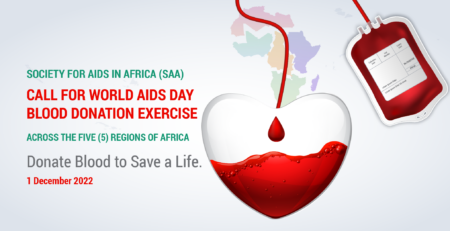
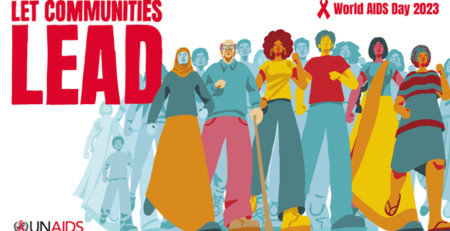

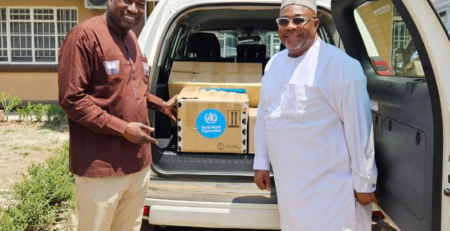



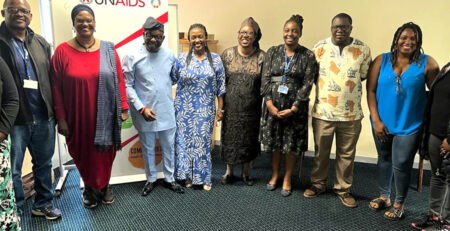
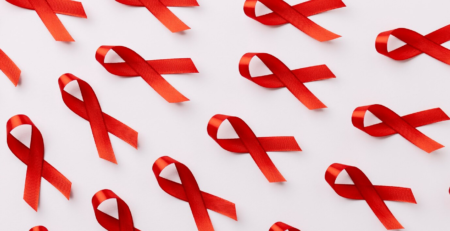
Leave a Reply